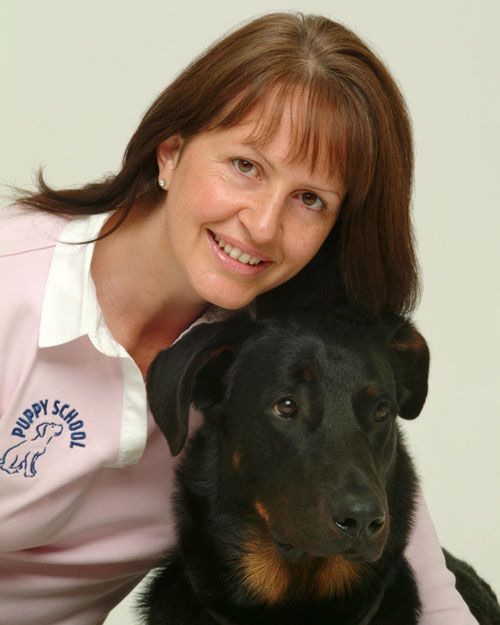Few things are more wonderful than a long, peaceful walk in the countryside, with your dog bounding beside you, the sun shining and the birds singing.
Unfortunately, not all walks with our canine friends are this blissful. What if your dog runs off, refuses to return, or sets off in hot pursuit of something moving in the distance? A dog that gets out of control can raise the blood pressure and turn the walk into something that haunts the rest of your week.
- How to tell if your dog is happy - or unhappy - or even feeling aggressive. Why it's about more than a wagging tail
- If you rescue a dog from overseas you could risk importing a dangerous and deadly disease that puts both pets and humans at risk, warns vet
The good news is that even intractable hounds can be trained and brought happily to heel with the right approach. With good preparation, most walks can – and should – be peaceful and happy. So how do we ensure we have a great walk with our dog – every time?
Animal behaviourist and expert dog trainer Gwen Bailey shares these handy tips.
Manage expectations
Many dog owners have great expectations of good behaviour on a walk that are often not borne out in reality. A failure to train adequately in advance and then letting dogs off the lead too soon can result in many alarming encounters – especially with young, inexperienced dogs.
It is best to err on the side of caution and assume your dog knows little and is unreliable. You can then begin to build a firm foundation through training, allowing freedom only once it has been earned and you are sure of a response.
You may also like:
- Matt Baker’s top dog training tips
- The best dog training books for a well-behaved pet
- 8 best dog whistles for training and recall
- Meet Britain’s rarest dog: the otterhound
Matt Baker with Ben Fogle at the Blue Peter Crufts./Credit: Crufts via Getty.
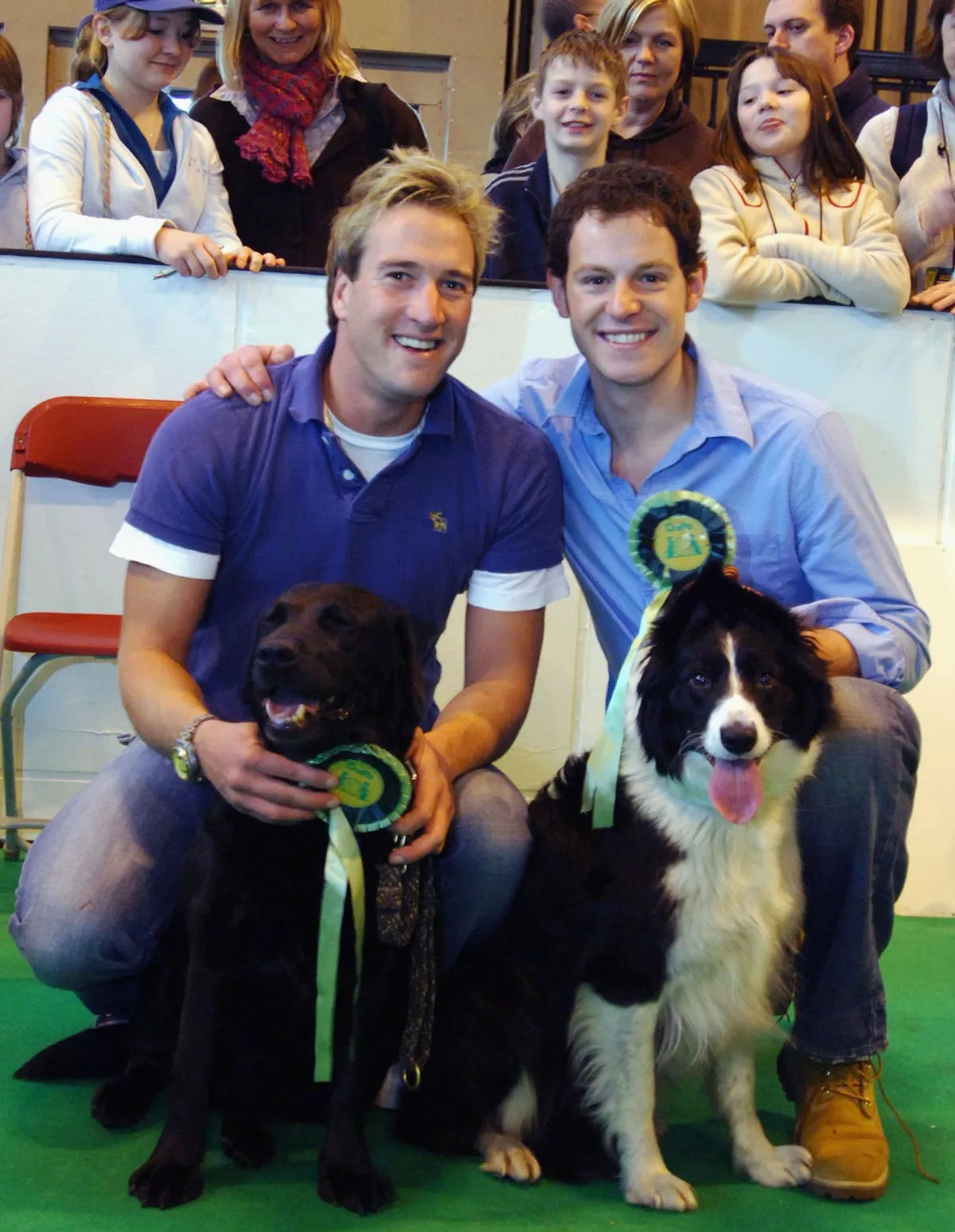
Develop a reliable dog recall
All dogs need to learn this if their owners are to have happy country walks. It’s not enough that your dog come will come every time it is called in the garden for a biscuit, when nothing else is going on. The recall needs to be gradually proofed by practising with distractions, distance and calling while a dog is occupied in activities it would rather pursue instead.
Many owners do the first part but don’t do the proofing. This can result in your recall becoming unreliable as soon as the dog finds something interesting to do, whether as simple as following a scent trail, or as devastating as chasing livestock. For owners, this behaviour can be frustrating, but your obvious irritation will then keep your dog away.
How to develop a reliable dog recall
1. When training or proofing, only call (or whistle) when there is a good chance of success.
Calling and being ignored sets training back, so try not to let this happen.
2. Teach your dog to recall at home first.
Take it in baby steps. first recall at home, then move into the garden, then to several safe open areas until your dog runs to you every time.
3. Use a reward that your dog actually wants.
Some dogs like food, some like games. Test out different things and rank them in order of what your dog likes best. Don’t rely on praise alone. Herding breeds or gun dogs may want to please but they may get enough love at home. Hounds are notorious for pleasing themselves, so ensuring that you have a pocket of warm sausage pieces can make the difference between success and failure.
The best dog treats for training
Countryfile editor Fergus Collins and his pooch Idris field-test the best dog treats on the market.
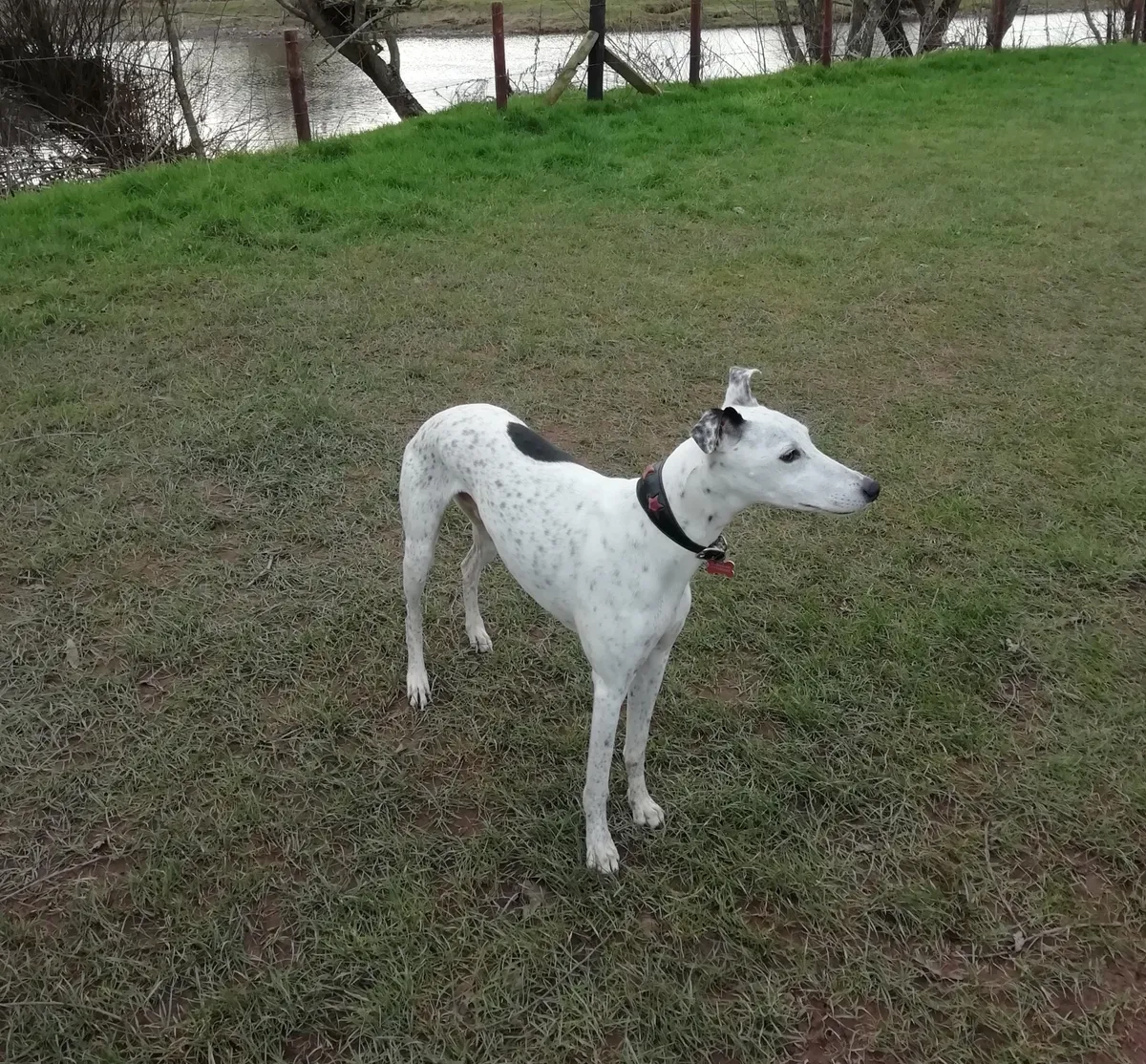
4. Find a reward that fits the effort involved.
If your dog has to come from a long way, or in distracting circumstance, give a high-value reward. Save the highest value reward for coming away from something they really want to do. And don’t be stingy, otherwise your dog may do its own thing rather than work for your low ‘wages’.
5. Once your dog knows the recall cue, practise in distracting circumstances and at different distances.
Be sure to stay within what you think your dog can achieve. As your dog gets more reliable, begin to call just as he finishes something he was engrossed in, such as sniffing an interesting area of grass. Gradually build this until you can call him away from things of interest.
When to recall your dog while out walking
Try to get into the habit of calling your dog back to you whenever you see another walker approaching. Some walkers won’t appreciate being touched or sniffed by your dog, or at worst, jumped on. So let your dog know that you have good rewards available for coming to you when it sees a person in the distance and then be sure to reward well with praise, a game or a favourite treat, so that your dog doesn’t feel it’s missing out on fun with the stranger and will be happy to oblige every time.
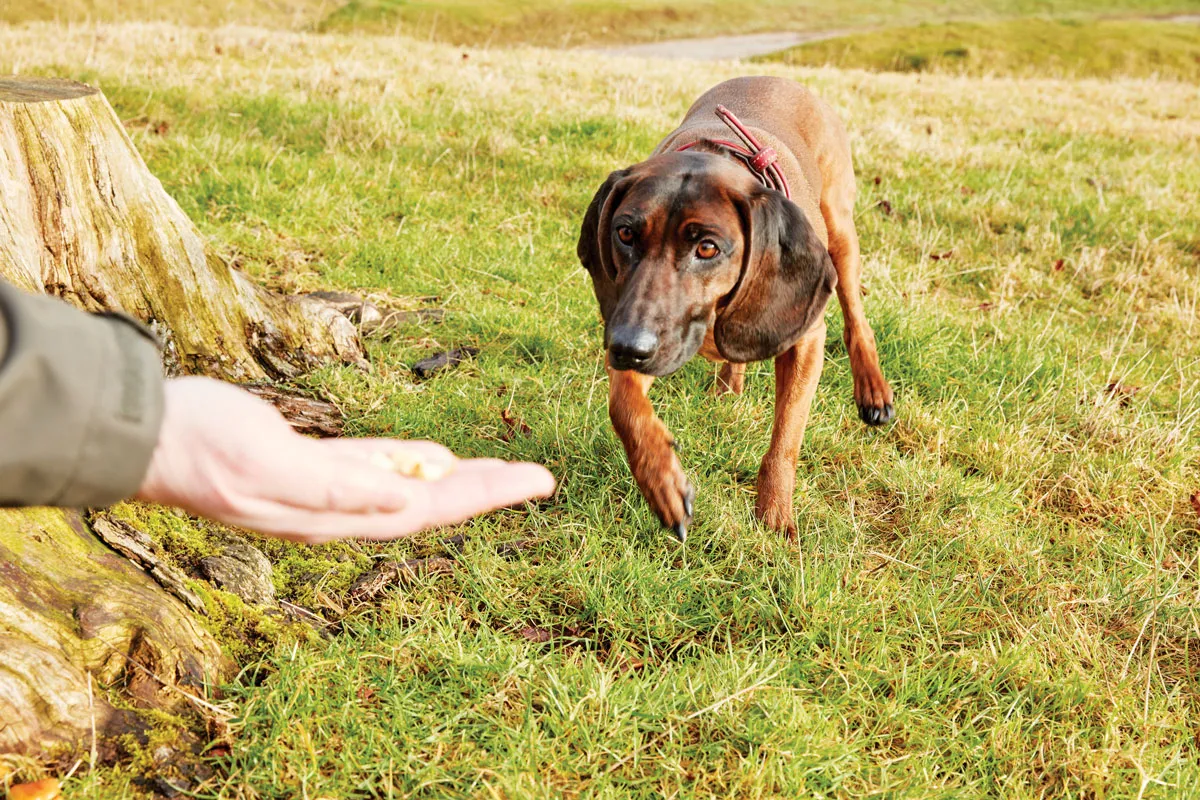
Think hard about when to let your dog off-lead. If you can’t see all the boundaries of the field you’re in, what might appear over the horizon, and can you call your dog away from it? If unsure, it’s better to keep your dog on a lead until you are sure. Carefully choose when and where to let your dog off, according to his level of reliability. Keep well below threshold for safety.
As with all training, a good coach can help and so finding a professional dog trainer for help and support is a really good idea. A good trainer can also help you to teach your dog an emergency-sit and a chase-recall, both really useful control measures once your dog is out of your reach. This high-level training will give you much more peace of mind on walks, just in case your dog takes off after something it sees in the distance, or a deer pops out of a hedge unexpectedly.
Plan your walking route
Knowing how reliable your dog’s recall is, as well as what its reaction will be to things you may encounter on the walk (livestock, other dogs, walkers, horses, tractors), will allow you to plan routes that are more likely to be successful. Avoiding potential trouble spots, such as parks with children, popular areas with other walkers and dogs, or woods with deer and rabbits may be best until you have more control.
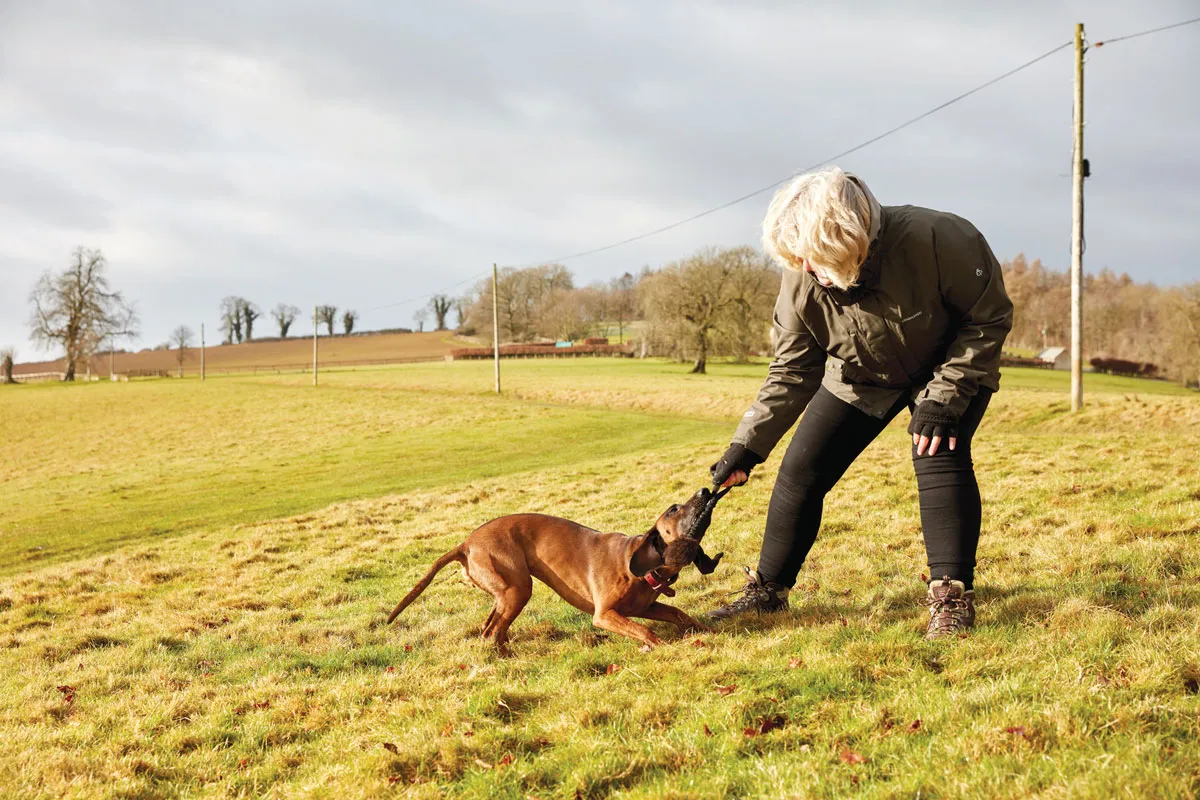
We all have to act responsibly outdoors but dog owners have additional responsibility to ensure their dog does not cause a nuisance. Keeping to public routes and footpaths is essential but beware of stiles in fences where there is no dog access hatch if your dog doesn’t jump and can’t be lifted over. Avoid areas with ground-nesting birds at breeding time as well as places with pregnant or young livestock or pheasant-rearing areas. Keep off crops and avoid fields margins recently sprayed with pesticide that could adversely affect your dog.
While planning your route, think about how to provide water for your dog on a hot day, do you need hi-viz jackets if walking on lanes in poor visibility and do you need to avoid shooting areas if your dog is noise-phobic? Preparation allows you to relax and enjoy the walk. And, of course, planning a stop at a dog-friendly pub could make a good walk even happier.
- Over-walking your puppy and doing more harm than good? Veterinary surgeon explains how to protect their developing bones
- These are the dog breeds most at risk of being overweight and even obese – and how you can keep them from piling on the pounds
How to control your dog around livestock
Dogs are descended from wild ancestors that hunted prey animals to survive. It is not surprising that genes handed down to our pet dogs make hunting behaviour high on the list of ‘fun’ activities for them. Slowly acclimatising a puppy to farm animals can make a difference to whether they view them as something to be ignored or something to be chased.
- Adam Henson: We must stop dogs attacking livestock
- Dog attacks on livestock: how bad is the problem and what are the possible solutions?
Providing hunting games with toys can reduce a dog’s desire to ‘play’ with other animals. And keeping your dog on a lead around livestock will ensure they are under control and can’t get into trouble.
Staying safe while crossing fields where cows and horses are grazing requires you to be mindful of how these animals feel about you. If cows have calves to protect, they may resent a dog being in the field, so it is best to avoid this situation altogether.
Young bullocks, full of curiosity and energy, often only want to investigate. Keep your distance whenever you can, but if they run towards you, walk confidently towards them and don’t run away. If you feel really threatened, it’s best to let your dog off the lead so it can find its own escape.
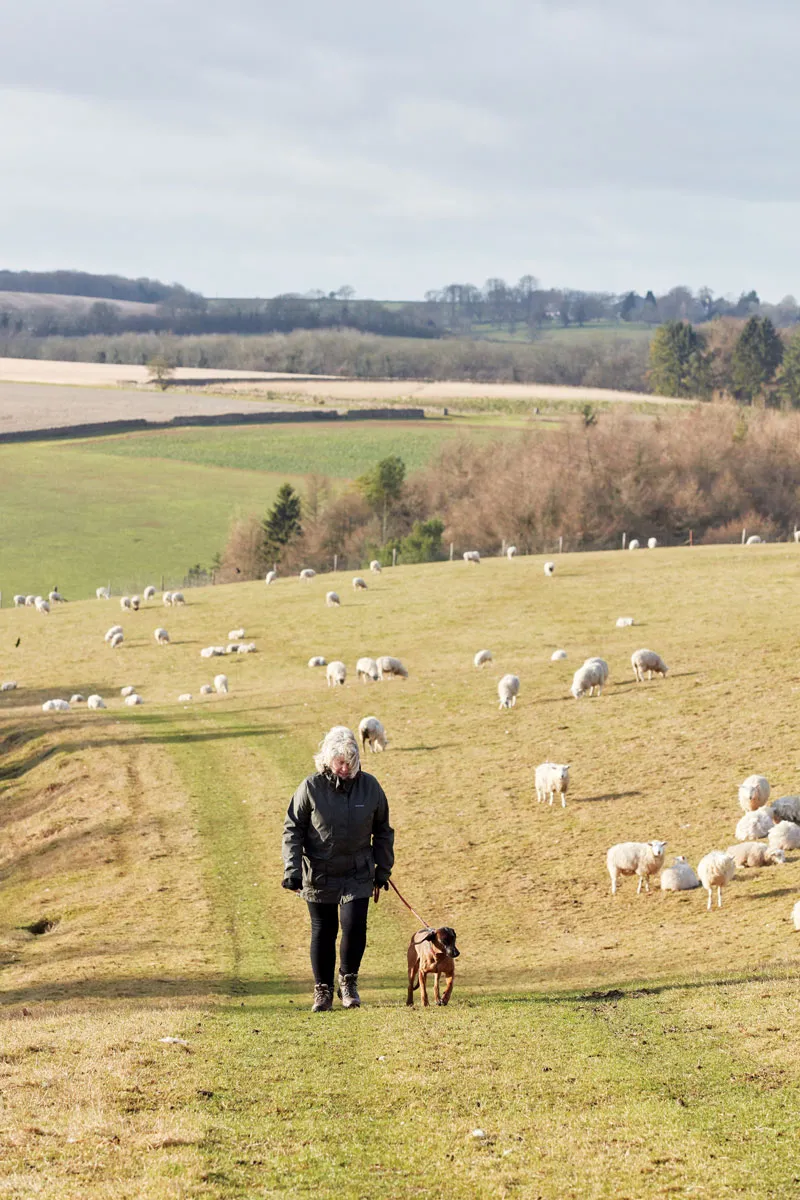
Horses are generally animals of flight but a curious horse that isn’t afraid of humans may want to get closer than you feel comfortable with. It is usually easy to shoo them away but don’t be too aggressive. Obviously don't 'shoo' horses being ridden or lead!
- How to pass horses while out in the countryside
- Why wide eyes and flared nostrils could spell trouble: How to read a horse's body language – and what to do if you spot the danger signs
Sheep usually want to stay well away from dogs, although some will slowly begin to follow you as you cross their field, making it more difficult to control an excitable dog that isn’t used to them. Be sure to keep your dog on a lead near to sheep so you have full control and peace of mind.
In case of an accident it is very important to make sure your dog is insured.
For more dog-walking accessories, see our edit of the best dog ball throwers you can buy online.
All images: Oliver Edwards
